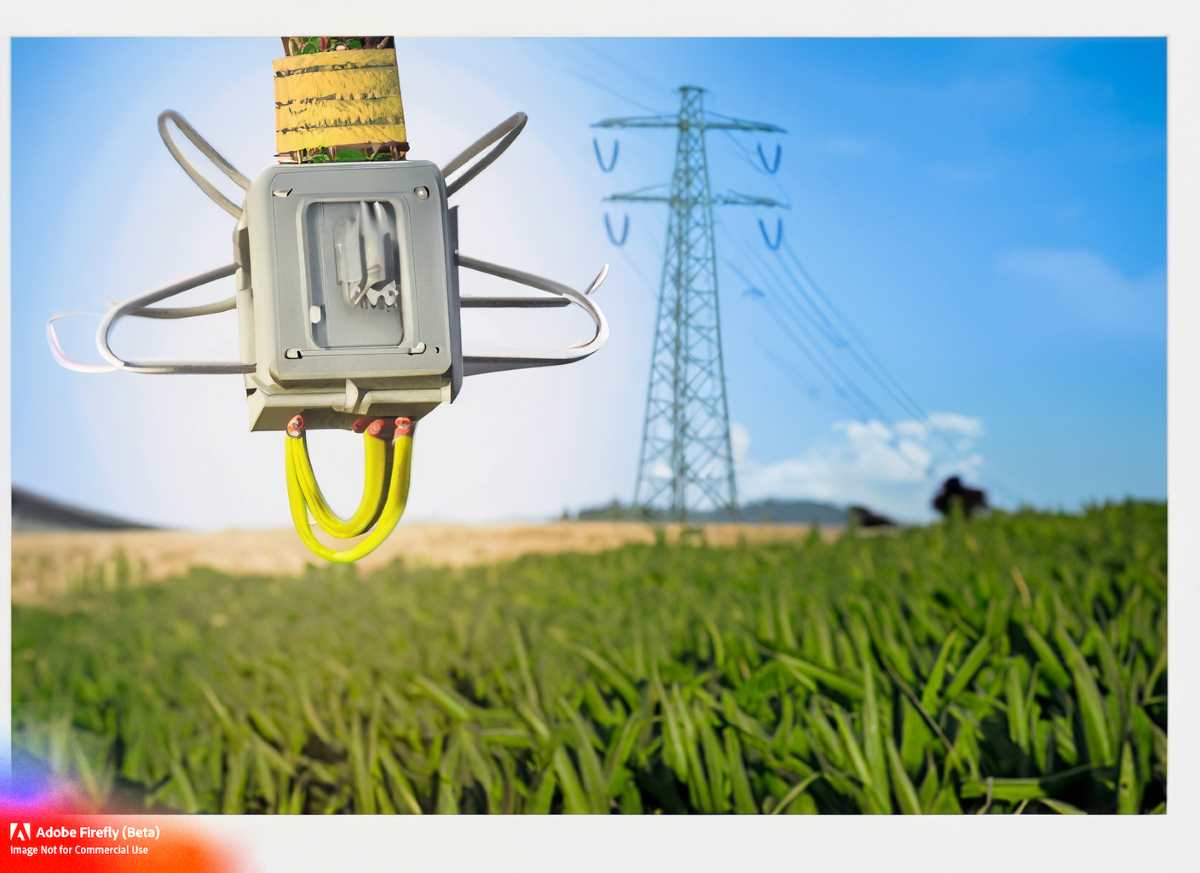How India's North and Northeast are Poised for Economic Growth
Discover the key initiatives taken by the Indian government to promote regional development in the north and northeast. Learn how the government is boosting economic growth in rural areas through industry promotion, renewable energy, and social programs.





